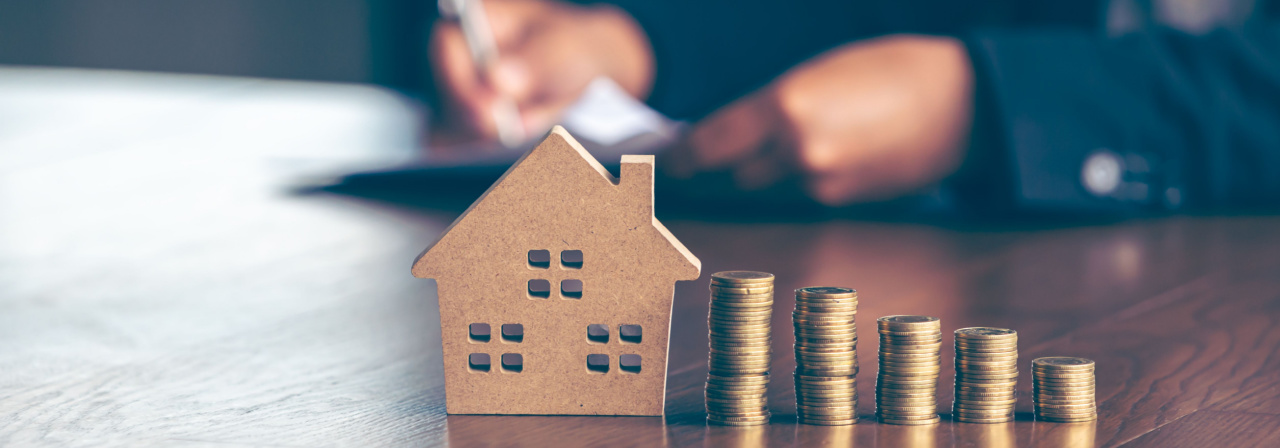As a first-time homebuyer, you may be looking at your purchase as something out of your league. The reality is that while purchasing a home is a big financial step, you’re walking a path that millions of homeowners before you already have. One of the most significant costs associated with purchasing a home is the downpayment, but a downpayment isn’t as daunting as it may seem on the surface.
In this blog post, we’ll talk about what a downpayment is, how much you’ll need to save, and some strategies to make the process more manageable.
What is a Downpayment?
First, let’s define what a downpayment is. When you take out a mortgage to purchase a home, you’ll be required to put down a certain amount of money upfront. This money is called a downpayment, and it’s a percentage of the purchase price.
The size of the downpayment can vary, but generally, you’ll need to put down at least 5% of the purchase price to qualify for a mortgage; however, there are some ways you can pay less or nothing for a downpayment.
How Much Do You Need to Save?
Now, let’s talk about how much you’ll need to save. The downpayment is usually the most significant upfront cost associated with buying a home, and it can be a substantial sum of money.
The amount you’ll need to save will depend on the purchase price of the home and the downpayment percentage required by your lender. For example, if you’re buying a $300,000 home and your lender requires a 10% downpayment, you’ll need to save $30,000. That’s a lot of money, but don’t worry, there are strategies you can use to make it more manageable.
One way to make the downpayment more manageable is to start saving as early as possible. The earlier you start saving, the more time you’ll have to build up your downpayment fund and the more flexibility you’ll have to work within your home-buying budget. Even small amounts saved regularly can add up over time. For example, if you save $200 per month for five years, you’ll have $12,000 saved, which could be enough for a 5% downpayment on a $240,000 home.
Downpayment Assistance
Another strategy to make your downpayment more manageable is to look for downpayment assistance programs. These programs can help first-time homebuyers by providing grants or loans to cover some or all of the downpayment. Eligibility requirements and program details vary by location, so check with your local government or housing authority to see what’s available in your area.
You can also consider alternative financing options, such as a low downpayment mortgage. Some lenders offer mortgages that require a smaller downpayment, such as 3% or 5%, which can make buying a home more accessible. Keep in mind that these mortgages may come with higher interest rates or require private mortgage insurance (PMI) to protect the lender if you default on the loan.
It’s also important to remember that the downpayment isn’t the only cost of buying a home. You’ll also need to budget for closing costs, which can include fees for the home inspection, appraisal, and title search, among others. You may also need to budget for moving expenses, home repairs or renovations, and ongoing maintenance costs.
In the end, it’s better to be prepared for a higher downpayment then make the decision of how much you want to put down when the time comes. Depending on the home you’re buying, you may put less down to make some repairs or updates to your home before you get everything moved in.


